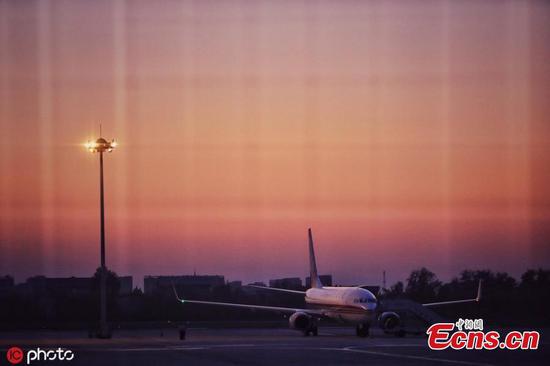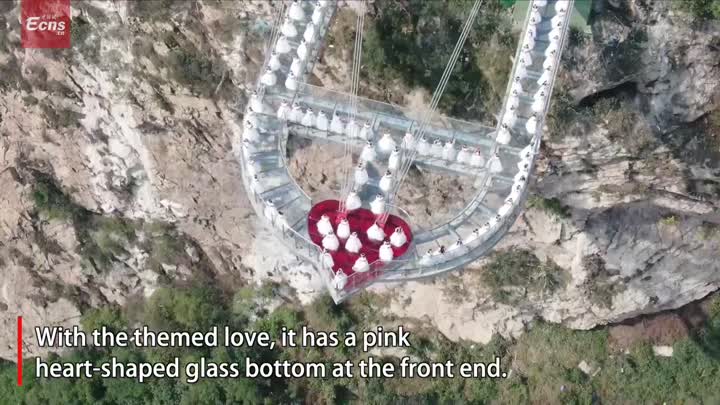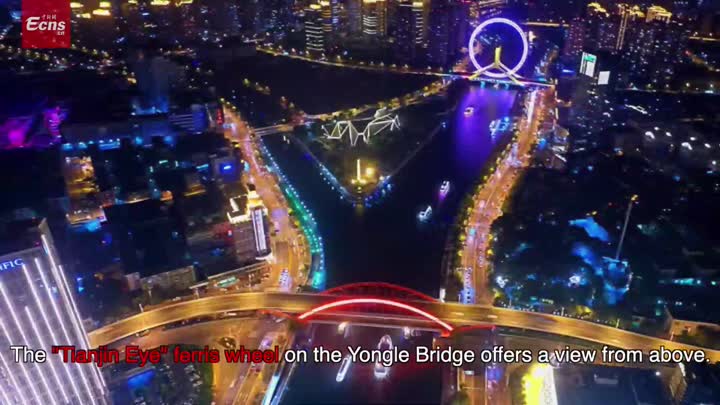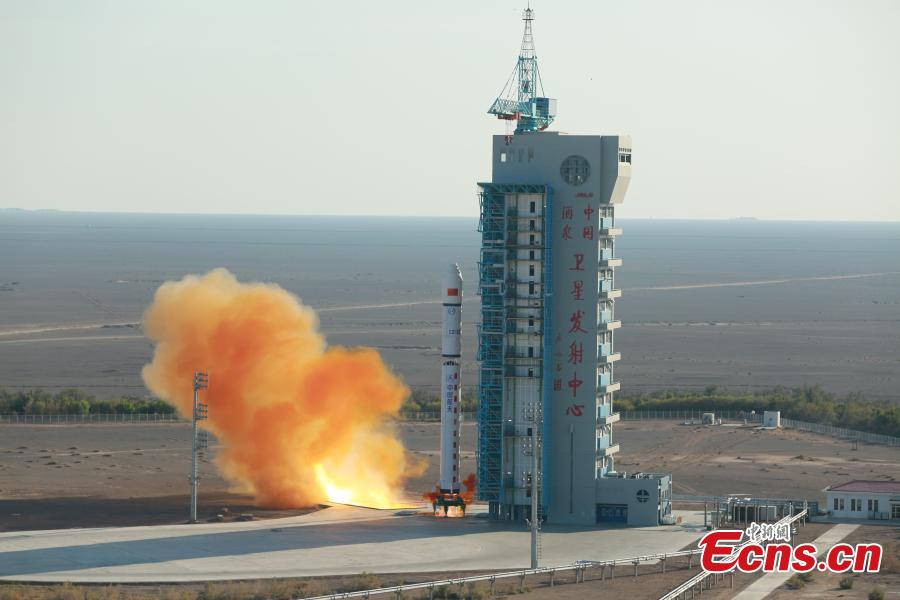
China sent a new satellite into planned orbit from the Jiuquan Satellite Launch Center in northwest China's Gobi Desert on September 25, 2019. The Yunhai-1 02 satellite, launched on a Long March-2D carrier rocket at 8:54 a.m. (Beijing Time), will be mainly used for detecting the atmospheric and marine environment and space environment, as well as disaster control and other scientific experiments. Both the satellite and the carrier rocket were developed by the Shanghai Academy of Spaceflight Technology of the China Aerospace Science and Technology Corporation. (Photo: China News Service/Wang Mingyan)
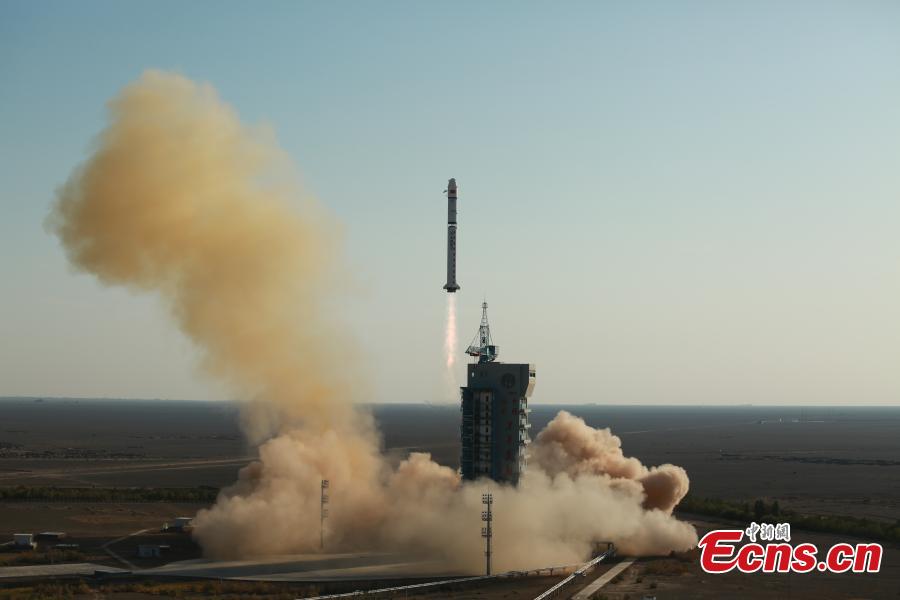
China sent a new satellite into planned orbit from the Jiuquan Satellite Launch Center in northwest China's Gobi Desert on September 25, 2019. The Yunhai-1 02 satellite, launched on a Long March-2D carrier rocket at 8:54 a.m. (Beijing Time), will be mainly used for detecting the atmospheric and marine environment and space environment, as well as disaster control and other scientific experiments. Both the satellite and the carrier rocket were developed by the Shanghai Academy of Spaceflight Technology of the China Aerospace Science and Technology Corporation. (Photo: China News Service/Wang Mingyan)

China sent a new satellite into planned orbit from the Jiuquan Satellite Launch Center in northwest China's Gobi Desert on September 25, 2019. The Yunhai-1 02 satellite, launched on a Long March-2D carrier rocket at 8:54 a.m. (Beijing Time), will be mainly used for detecting the atmospheric and marine environment and space environment, as well as disaster control and other scientific experiments. Both the satellite and the carrier rocket were developed by the Shanghai Academy of Spaceflight Technology of the China Aerospace Science and Technology Corporation. (Photo: China News Service/Wang Mingyan)
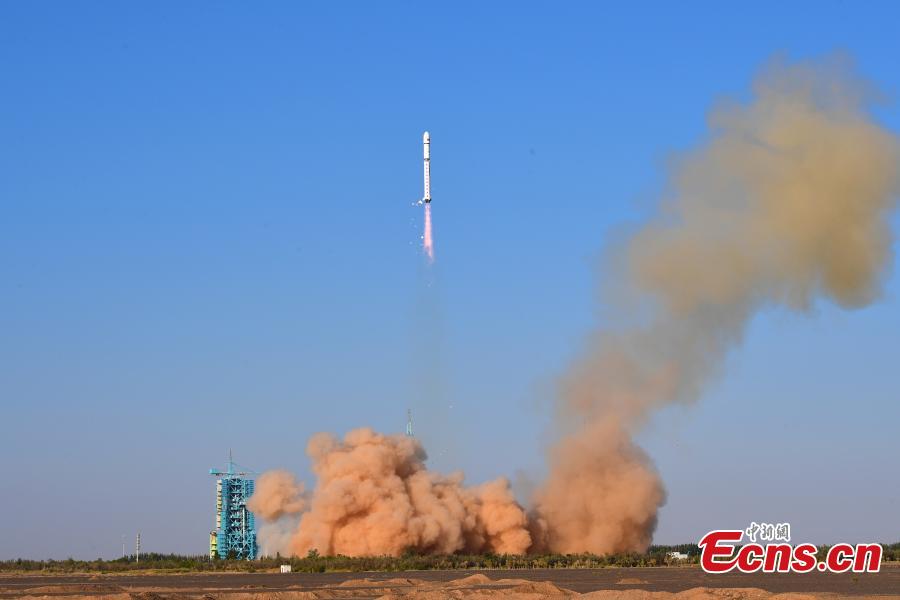
China sent a new satellite into planned orbit from the Jiuquan Satellite Launch Center in northwest China's Gobi Desert on September 25, 2019. The Yunhai-1 02 satellite, launched on a Long March-2D carrier rocket at 8:54 a.m. (Beijing Time), will be mainly used for detecting the atmospheric and marine environment and space environment, as well as disaster control and other scientific experiments. Both the satellite and the carrier rocket were developed by the Shanghai Academy of Spaceflight Technology of the China Aerospace Science and Technology Corporation. (Photo: China News Service/Wang Mingyan)
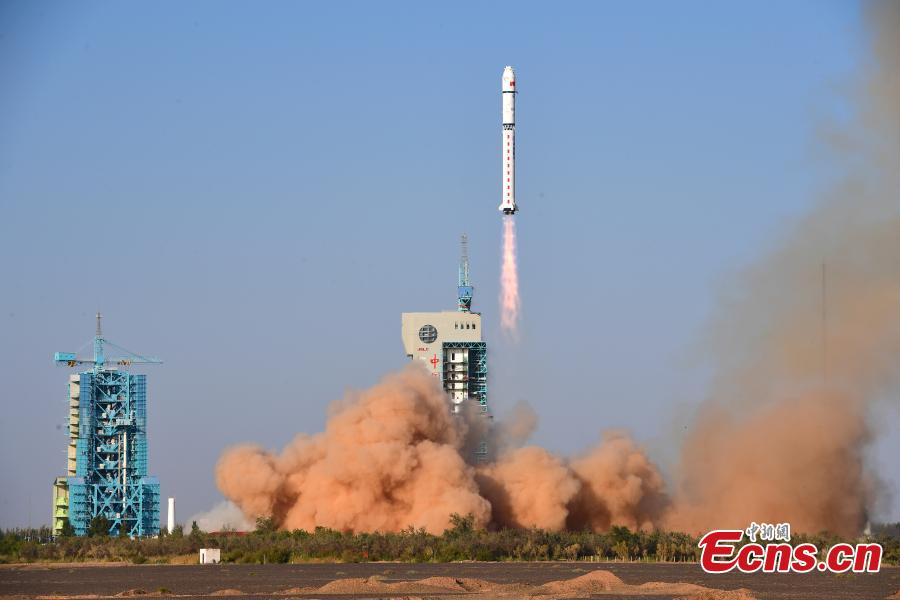
China sent a new satellite into planned orbit from the Jiuquan Satellite Launch Center in northwest China's Gobi Desert on September 25, 2019. The Yunhai-1 02 satellite, launched on a Long March-2D carrier rocket at 8:54 a.m. (Beijing Time), will be mainly used for detecting the atmospheric and marine environment and space environment, as well as disaster control and other scientific experiments. Both the satellite and the carrier rocket were developed by the Shanghai Academy of Spaceflight Technology of the China Aerospace Science and Technology Corporation. (Photo: China News Service/Wang Mingyan)
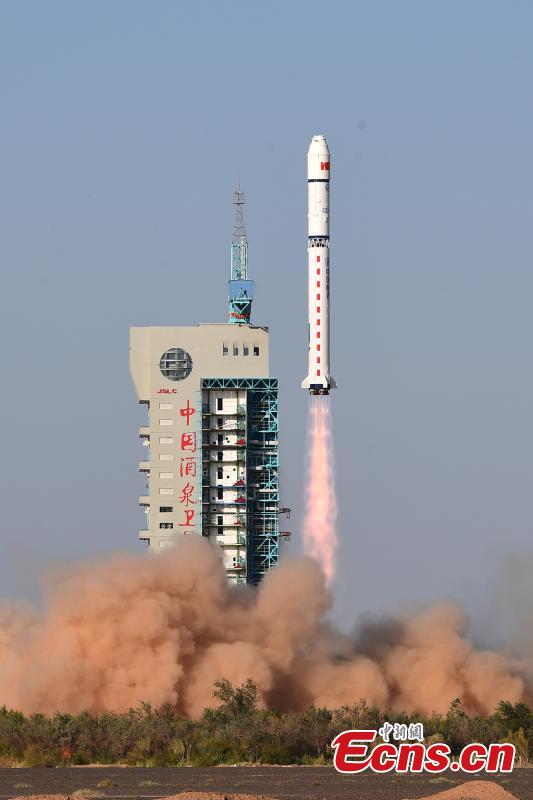
China sent a new satellite into planned orbit from the Jiuquan Satellite Launch Center in northwest China's Gobi Desert on September 25, 2019. The Yunhai-1 02 satellite, launched on a Long March-2D carrier rocket at 8:54 a.m. (Beijing Time), will be mainly used for detecting the atmospheric and marine environment and space environment, as well as disaster control and other scientific experiments. Both the satellite and the carrier rocket were developed by the Shanghai Academy of Spaceflight Technology of the China Aerospace Science and Technology Corporation. (Photo: China News Service/Wang Mingyan)
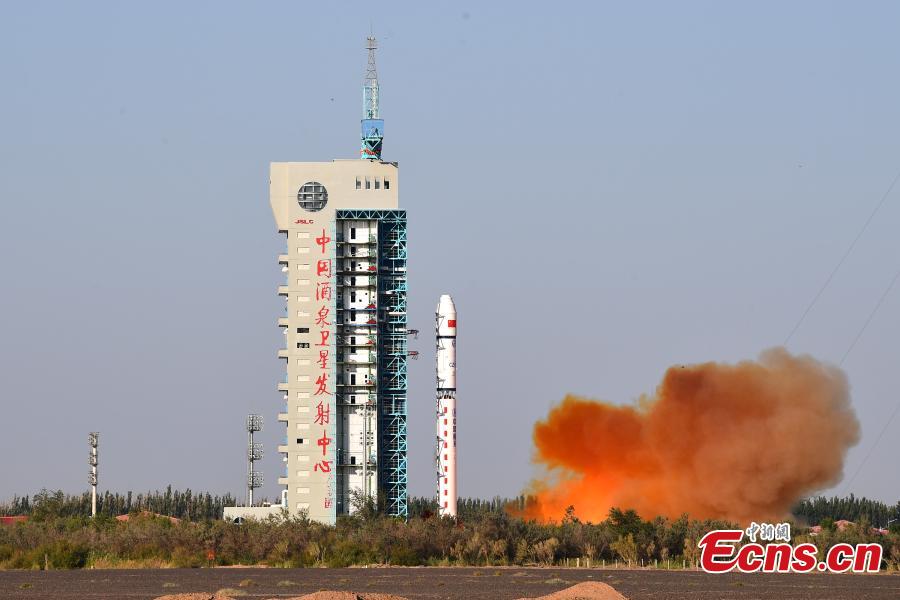
China sent a new satellite into planned orbit from the Jiuquan Satellite Launch Center in northwest China's Gobi Desert on September 25, 2019. The Yunhai-1 02 satellite, launched on a Long March-2D carrier rocket at 8:54 a.m. (Beijing Time), will be mainly used for detecting the atmospheric and marine environment and space environment, as well as disaster control and other scientific experiments. Both the satellite and the carrier rocket were developed by the Shanghai Academy of Spaceflight Technology of the China Aerospace Science and Technology Corporation. (Photo: China News Service/Wang Mingyan)











